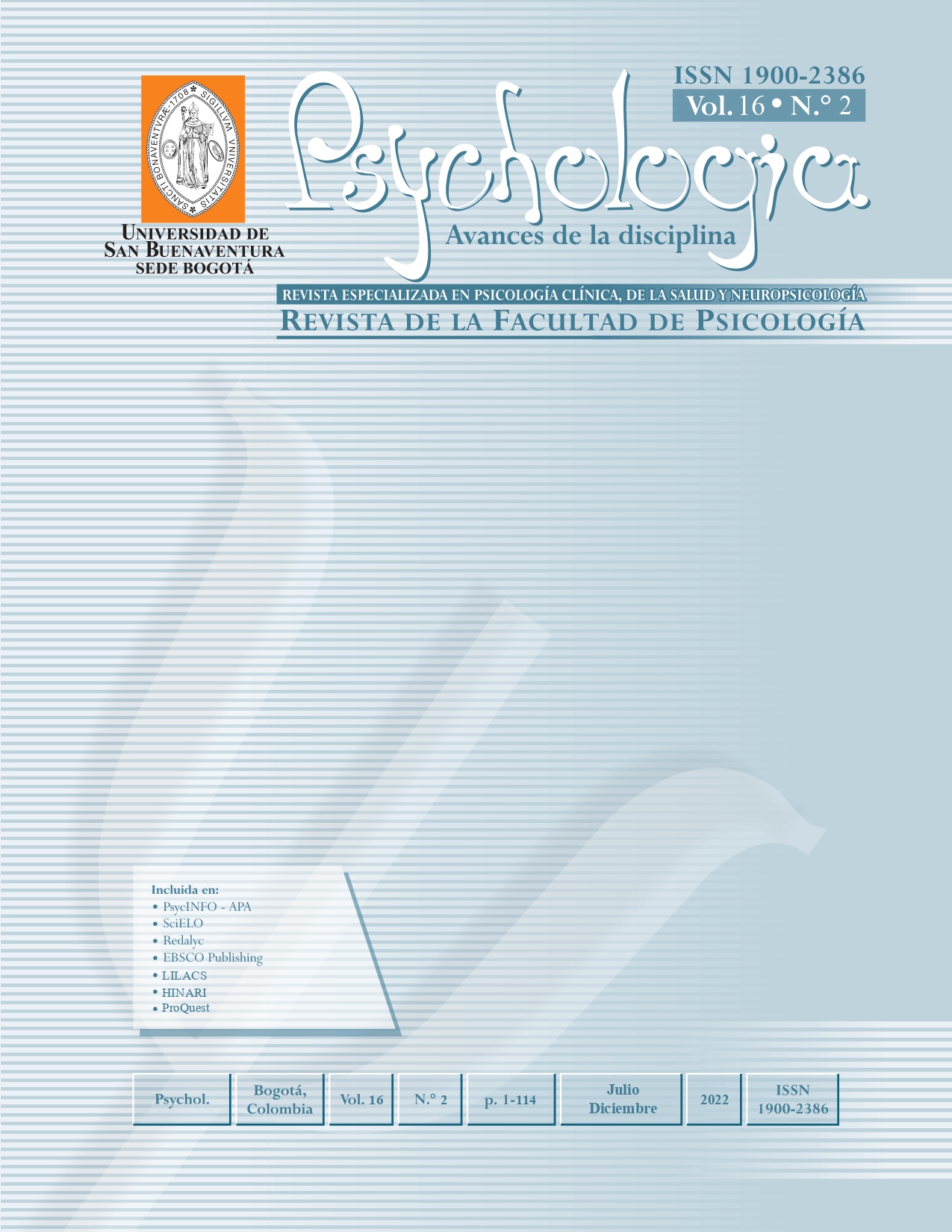This journal provides open, immediate access to its contents, based on the principle that offering the public free access to research helps to promote a higher global exchange of knowledge.
As such, all journal articles are published under a Creative Commons Attribution-NonCommercial-ShareAlike 4.0 International License (CC BY-NC-SA), by which commercial use of the original work or its possible derived works is not allowed, and the distribution thereof must be done with the same license elements regulating the original work.
http://creativecommons.org/licenses/by-nc-sa/4.0/
Abstract
There are many measures of variation for nominal data, but they are little known, used, and studied, when this type of data is common in health and social science research. Among these measures, the Gibbs-Poston’s qualitative variation index (QVI), the Freeman’s variation ratio (VR), the Wilcox’s variation ratio from the mode (VRMod), the Shannon’s relative entropy (ERel), and the Kvalseth’s standard deviation from the mode (SDM) stand out. The objective of this article is to propose a modification of the variation ratio that overcomes the limitations of the formulas of Freeman and Wilcox; also describe the behavior pattern of the six indices. This new index is named the universal variation ratio (UVR), since it is valid for any type of distribution with qualitative data. It is observed that RV, UVR, RVMod and DEM quickly approach 0 when there is a very defined mode with proximity to the distribution of a constant random variable. On the contrary, ERel and ICV quickly approach 1 when there are multiple modes or proximity to a uniform distribution with a unique mode. It is concluded that, among six indices, SDM and UVR are the best measures.





















